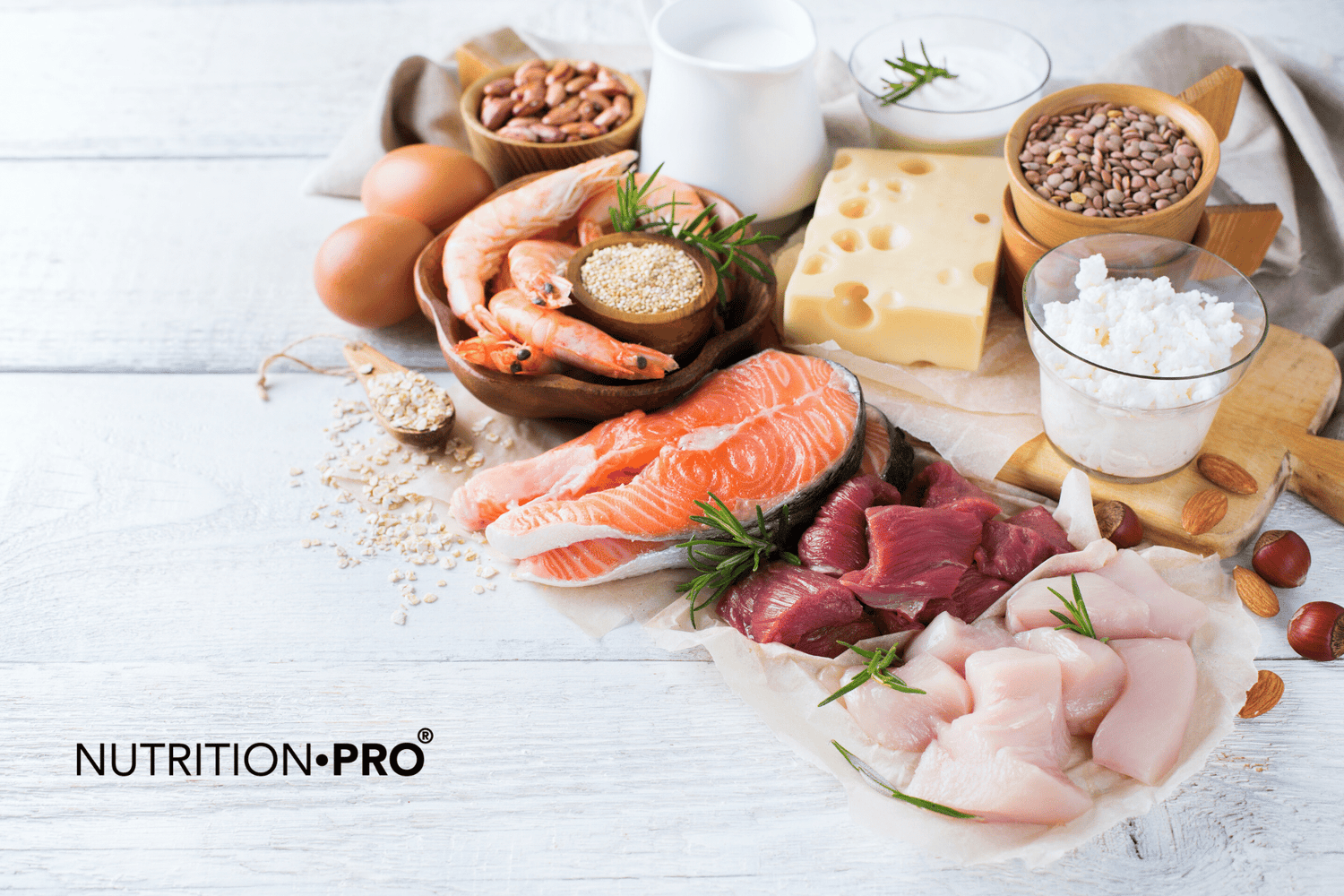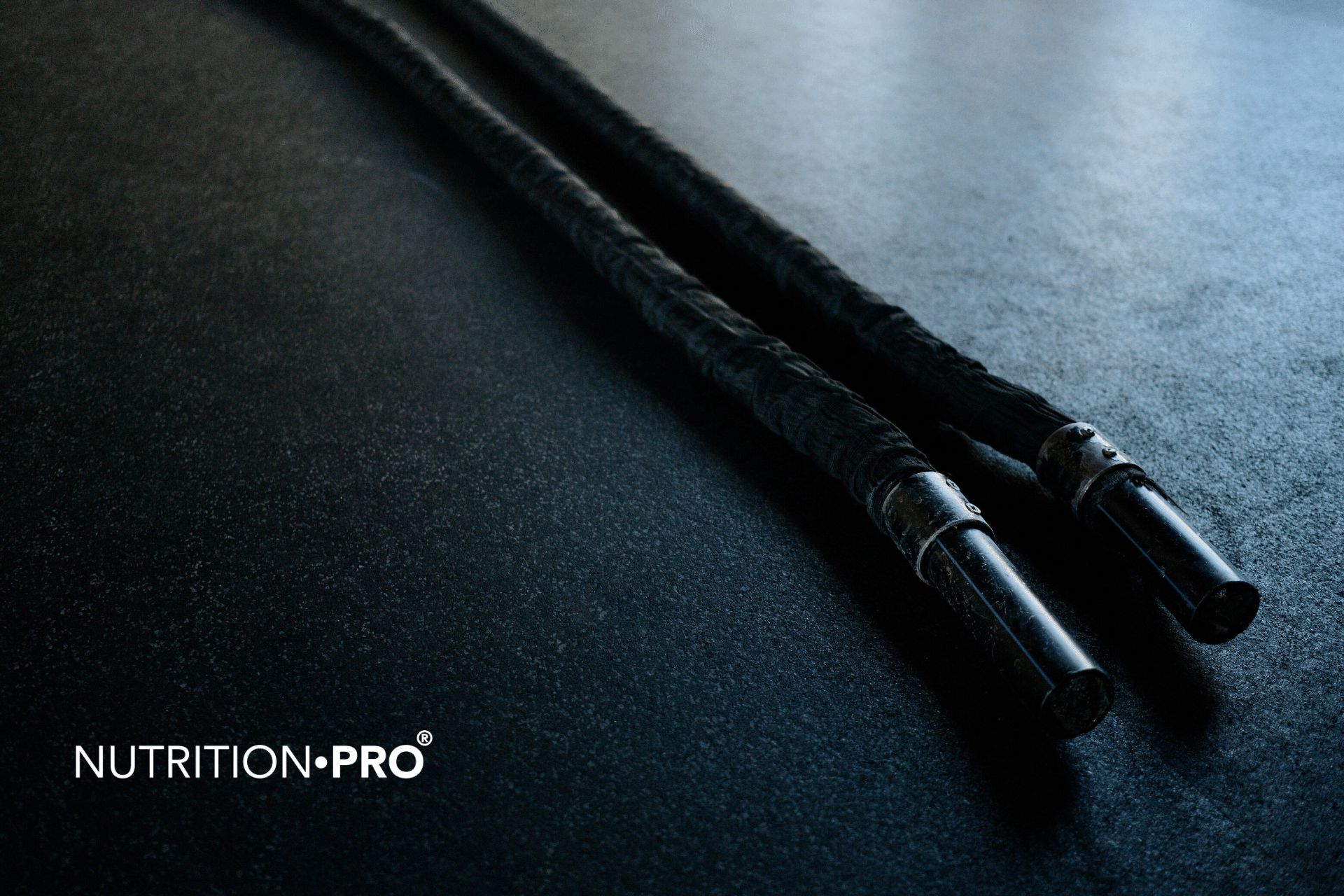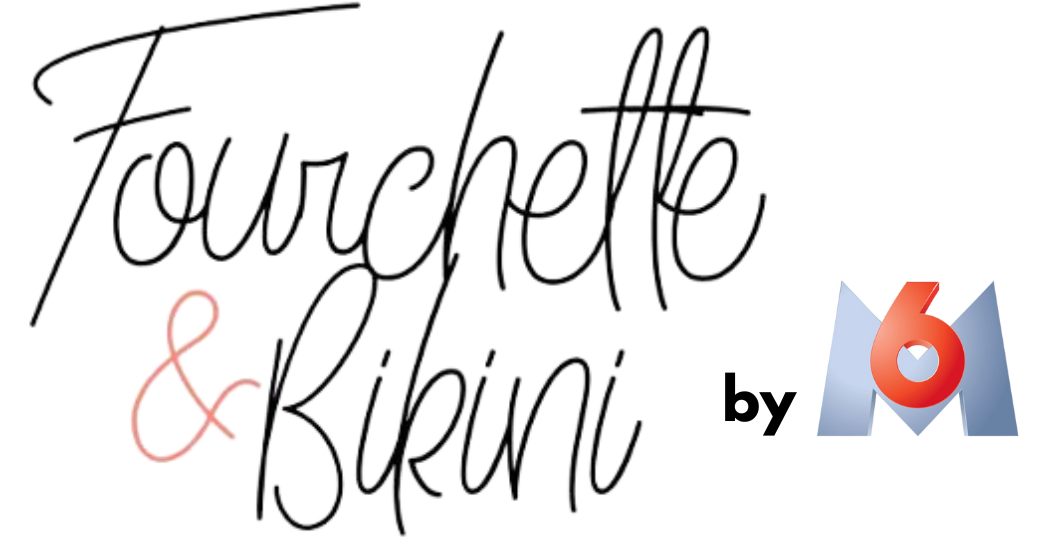Despite what some people may think, there are plenty of ways to get enough protein on a vegan or vegetarian diet.
However, not all plant -based proteins are complete proteins, meaning protein sources that contain adequate amounts of all nine essential amino acids.
Amino acids are the building blocks of proteins. Although your body can make some of them, nine of them must be obtained through your diet .
These are called essential amino acids and include :
- Histidine
- Isoleucine
- Leucine
- Lysine
- Methionine
- Phenylalanine
- Threonine
- Tryptophan
- Valine
Animal products like poultry, beef, fish, dairy products, and eggs contain enough of each of these essential amino acids . Thus, they are considered complete proteins .
However, many plant sources of protein are too low or lacking in one or more of these essential amino acids . They are considered incomplete protein sources.
Yet, since plant foods contain varying amounts of amino acids, you can manage to get enough of each essential amino acid throughout the day by following a healthy diet and combining complementary plant proteins .
For example, grains like rice are too low in lysine to be considered a complete source of protein . Yet, by also eating lentils or beans, which are higher in lysine, throughout the day, you can be sure to get all nine essential amino acids .
Fortunately for vegans and vegetarians, several foods and plant-based combos contain adequate amounts of all nine essential amino acids .
Here are 13 near-complete protein sources for vegetarians and vegans:
1. Quinoa
Quinoa is an ancient grain that looks like couscous but has a crunchy texture and nutty flavor.
Since it does not grow from grasses like other cereals and grains, it is technically considered a pseudocereal and naturally gluten-free .
185 grams of quinoa cooked provides about 8 grams of protein .
In addition to being a complete protein , quinoa provides more magnesium, iron, fiber, and zinc than many common grains .
You can use quinoa in place of rice in most recipes. It can also be simmered in plant-based milk for a creamy protein-rich porridge.
2. Tofu, tempeh and edamame
Tofu, tempeh, and edamame are all made from soybeans and are excellent sources of plant-based protein .
Tofu is made from coagulated soy milk that is pressed into white blocks and is available in a variety of textures including silky, firm and extra firm. As it is quite bland, tofu tends to take on the flavor of the foods it is cooked with.
85 grams of tofu provides about 8 grams of protein. It also offers 15% of the daily value (DDA) for calcium, along with smaller amounts of potassium and iron .
Tempeh is much chewier than tofu and made from fermented soy, which is often combined with other seeds and grains to form a firm, dense cake.
During this time, the beans edamame are whole, immature soybeans that are green and have a slightly sweet, grassy flavor. They are usually steamed or boiled and can be enjoyed on their own as a snack. Alternatively, they can be added to salads, soups or grain bowls.
85 grams of tempeh contains 11 grams of protein. This serving is also a good source of fiber and iron, and contains potassium and calcium .
85 grams of whole edamame provides 8 grams of protein along with a good amount of fiber, calcium, iron, and vitamin C.
3. Amaranth
Amaranth is another pseudocereal that is a complete source of protein .
Once considered a staple food in the Inca, Mayan and Aztec cultures, it has become a alternative popular with gluten-free cereals .
Amaranth is a versatile grain that can be boiled for a side dish or porridge, or sautéed in a pan to add texture to granola bars or salads. Like quinoa, it has a delicate nutty flavor and retains its crunch even when cooked.
When ground into flour, amaranth can also be used in gluten-free baking.
246 grams of cooked amaranth provides approximately 9 grams of protein. It is also an excellent source of manganese, magnesium phosphorus, and iron .
In fact, 246 grams of cooked amaranth provides more than 100% of the RDA for manganese, an essential mineral that's important for brain health .
4. Buckwheat
Although not as high in protein as quinoa or amaranth, buckwheat is another pseudocereal that is a plant-based source of complete protein .
Nutty flavored, shelled grains, or groats, can be cooked the same way as oatmeal or ground into flour and used in cooking. In Japanese cuisine, buckwheat is most often eaten in the form of noodles, called soba.
168 grams of cooked buckwheat groats provides about 6 grams of protein .
This pseudocereal is also a good source of many essential minerals, including phosphorus, manganese, copper, magnesium, and iron .
5. Ezekiel bread
Ezekiel bread is made from sprouted whole grains and legumes, including barley, soybeans, wheat, lentils, millet, and spelled.
Two slices (68 grams) of bread contain 8 grams of protein .
Unlike most breads, the combination of whole grains and legumes in the Ezekiel bread provides all nine essential amino acids .
Additionally, studies suggest that sprouting grains and legumes increases their amino acid content, particularly their content of the amino acid lysine .
For an extra protein boost, use Ezekiel bread to make a vegan sandwich with tempeh instead of bacon, or toast the bread and top it with peanut butter and chia seeds.
6. Spirulina
Spirulina is a type of blue-green algae that is a popular supplement among those following vegan and vegetarian diets .
Although it can be purchased in tablet form, the powdered form of spirulina can be easily added to smoothies, cereal bars, soups and salads for a nutrition boost.
One tablespoon (7 grams) of dried spirulina provides 4 grams of protein .
Besides being a source of complete protein, spirulina is rich in antioxidants and a good source of several B vitamins, copper, and iron .
7. Hemp seeds
From the hemp plant Cannabis-sativa , hemp seeds belong to the same species as marijuana, but they contain only traces of tetrahydrocannabinol (THC), the psychoactive component of marijuana .
Therefore, hemp seeds are very unlikely to contain enough THC to cause a high or any of the other psychoactive effects associated with marijuana .
However, there is concern that hemp seeds can be contaminated with TCH from other parts of the plant during harvest or storage. Therefore, it is important to buy seeds from trusted brands that test for THC .
The edible whites inside the seeds of hemp are called hemp hearts and incredibly nutritious.
In addition to being a source of complete protein , hemp hearts are particularly rich in essential fatty acids, linoleic acid (omega-6) and alpha-linolenic acid (omega-3) .
Three tablespoons (30 grams) of raw shelled hemp seeds contain 10 grams of protein and 15% of the RDA for iron. They are also a good source of phosphorus, potassium, magnesium, and zinc .
Hemp hearts have a mild nutty flavor and can be sprinkled on cottage cheese or salads, added to smoothies, or included in cereals and homemade energy bars.
8. Chia seeds
Chia seeds are tiny, round seeds that are often black or white.
The chia seeds can be used raw as a topping for oatmeal or salads, mixed into baked goods or added to smoothies.
Two tablespoons (28 grams) of chia seeds provide 4 grams of protein. They are also a good source of omega-3s, iron, calcium, magnesium, and selenium .
9. Nutritional yeast
Nutritional yeast is a deactivated strain of Saccharomyces cerevisiae which is grown specifically to be a food product.
Commercially, the nutritional yeast is sold as a yellow powder or flakes and has a distinctive flavor that can be used to add cheesy flavor to vegan dishes, such as popcorn, pasta or mashed potatoes.
15 grams of nutritional yeast provides 8 grams of complete protein .
When fortified, nutritional yeast can also be an excellent source of zinc, magnesium, copper, manganese, and all of the B vitamins, including B12.
10. Rice and Beans
Rice and beans are two classic sources of complete protein .
the brown rice and white rice are low in lysine but high in methionine. In contrast, beans are high in lysine but low in methionine. As such, their combination allows you to get enough of each, plus the remaining seven essential amino acids, to count as a complete protein.
239 grams of rice and beans provides 12 grams of protein and 10 grams of fiber .
Although you can enjoy the mixture alone, the rice and beans can be topped with guacamole, salsa and grilled vegetables for a simple and hearty meal.
Together, rice and beans contain all nine essential amino acids to form a complete source of protein. 239 grams provides 12 grams of this nutrient.
11. Pita and hummus
A delicious Middle Eastern classic, pita and hummus are another combination that provides all nine essential amino acids .
Like rice, the wheat used to make pita bread is too low in lysine to be considered a complete source of protein. However, chickpeas — the main ingredient in hummus — are high in lysine .
A medium-sized whole-wheat pita bread (57 grams) with 2 tablespoons (30 grams) of hummus provides about 7 grams of protein .
In addition to serving as a snack, the addition of fried or cooked ground chickpea balls, called falafel , will further increase the protein content of your pita and hummus.
12. Peanut Butter Sandwich
A breakfast staple, peanut butter natural sandwiched between whole-grain bread is another common combination that results in a complete source of protein.
As mentioned earlier, wheat is low in lysine while legumes like peanuts compensate by being high in lysine.
Two slices (62 grams) of whole-wheat bread with 2 tablespoons (32 grams) of peanut butter provide about 14 grams of protein .
However, the exact amount of protein may vary depending on the brand of bread you buy.
When choosing a peanut butter, aim for a product with minimal ingredients, ideally just peanuts and maybe a little salt.
The essential
Despite some concerns about the possibility of obtaining protein adequate in a vegan or vegetarian diet , many high-protein, plant-based foods are available.
Additionally, many of these foods even provide all nine essential amino acids and are therefore considered complete proteins .
To ensure you meet your amino acid needs on a vegan or vegetarian diet, try incorporating a variety of these complete protein sources or combinations of near-complete choices into your plant-based diet.















